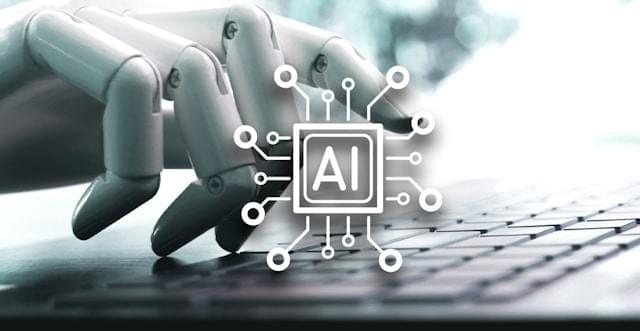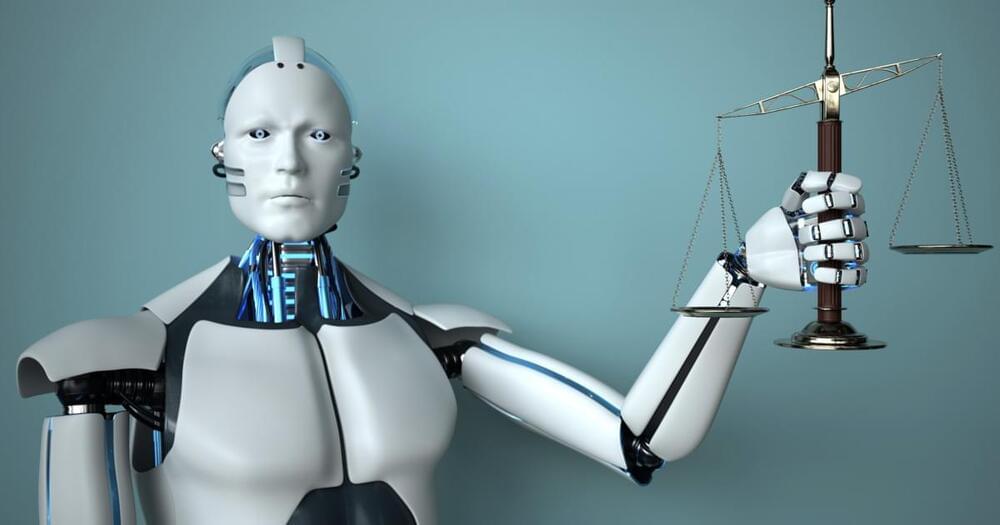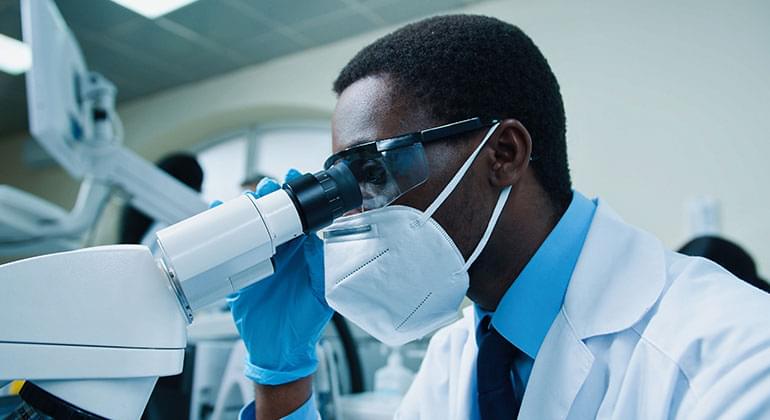A Wharton Professor published a report that detailed how Chat GPT3, an artificial intelligence, performed on a final exam in his MBA class.




Ok, just let me off this decade already.
Our understanding of Earth’s inner core doesn’t have a strong history. Ancient days, of course, had folks believing in a hollow core. Then came the understanding of iron and a molten mixture making up Earth’s middle, coupled with the theory of spinning happening separate from the rest of Earth. Song confirmed the spinning theory in 1996.
Dr. Cody reveals private conversations about BCI and experience at CES2023.
►►►Mendi Affiliate Link (free shipping, 15% off Pre-Black Friday before 24Nov): https://www.mendi.io/?discount=mendiwithdrcody.
►►►Muse Headband (Black Friday 20% Off Dr. Cody Discount (applied at checkout 10Nov-23Nov applied at checkout)): https://mbsy.co/68Mq9h.
►►►FocusCalm $25 off: Enter “DrCody” at discount checkout: https://www.focuscalm.com.
►►►NeoRhythm Affiliate link: https://tidd.ly/3q8wNom (10% discount code is “drcody” at checkout)
►►►Start a Myndlift Clinic: $200 discount promo code-RFCZECCJ
►►►Neurosity Affiliate link https://neurosity.co/cody.
►►► GET YOUR FREE MEDITATION GUIDE HERE: https://bit.ly/2XIRDNa.
►►► INSTAGRAM (Behind The Scenes with Cody Rall MD): https://www.instagram.com/codyrall_techforpsych/
Cody Rall, M.D., is a United States Navy trained Psychiatrist who specializes in neurotechnology wearables. He is a co-founder of Stanford Brainstorm, the world’s first academic laboratory dedicated to transforming brain health through entrepreneurship.
Dr. Rall also served as a board member of the psychiatry innovation lab, an annual national competition at the American Psychiatric Association that works as an incubator for groups developing technological solutions to problems in mental health care. He is the founder of Techforpsych, a media and relations company that covers advancements in technology related to neuroscience.

On Jan. 3, she was transported to a pediatric hospital in critical condition after suffering septic shock and being diagnosed with pneumonia. She tested positive for the H5N1 strain on Jan. 7 and remained hospitalized, under sedation and on a ventilator as of Jan. 17, the international health organization stated.
The previously healthy girl becomes the seventh individual the virus has sickened since 2020, according to the World Health Organization. While H5N1 is considered highly infectious, that’s only among birds. It’s typically difficult for the virus to make the leap to humans, and transmission from human to human is “unusual,” the international health organization says.
When the virus does make the leap, however, it’s highly fatal, with a mortality rate of greater than 50% among humans, according to the CDC.

The Polar Vortex is starting to weaken as a strong Stratospheric Warming event is about to unfold. As the forecast indicates, the Polar Vortex will be heavily deformed but will not fully collapse. These important events can have a significant impact on the rest of Winter in the United States, Canada, and Europe.
Weather and the stratospheric Polar Vortex are strongly connected, especially in Winter. So it matters greatly in what shape or form the Polar Vortex is as we go through the cold weather season.
We will look at the important role of the Polar Vortex during the Winter season and how it can shape our weather when it is strong or weak. But more importantly, we will look closely at the latest forecasts and how the Polar Vortex disruption events might be a major player for the rest of Winter.

What’s your favorite number? There are literally infinite options, and yet only a few which seem to stand out as more popular than others: there’s seven, obviously; 13 or 666 for the badasses among us; and √2 for anyone who just likes annoying Pythagoreans.
But there’s really only one number out there that can claim to be World Champion: pi. What other mathematical constant is literally used as a benchmark for computing power, or forms the basis for a never-ending worldwide grudge match over who can list the most random digits in the correct order (current record: 111,700)?
The reason pi is able to capture our imagination like this is because it is an irrational number – in other words, its decimal expansion is never-ending and entirely random. It’s thought that any sequence of numbers you can possibly think of can be found somewhere in the expansion of pi, and yet knowing any particular sequence somewhere in the expansion tells you no information about which digit comes next.


When Elon Musk posed the question to his Twitter followers as to whether or not he should resign as CEO, the majority of voters chose the latter option.
As a consequence of the poll’s findings, a number of potential candidates have been proposed to succeed Musk as Twitter’s CEO, but if popularity were a deciding factor, MrBeast would emerge as the clear victor.
His tweet proposing himself for the position has almost a million likes as of this writing, and he has ambitious aspirations for where he would lead the social networking site.

New York, NY (December 12, 2022) A new therapy that makes the immune system kill bone marrow cancer cells was successful in as many as 73 percent of patients in two clinical trials, according to researchers from The Tisch Cancer Institute at the Icahn School of Medicine at Mount Sinai.
The therapy, known as a bispecific antibody, binds to both T cells and multiple myeloma cells and directs the T cells—white blood cells that can be enlisted to fight off diseases—to kill multiple myeloma cells. The researchers described this strategy as “bringing your army right to the enemy.”
The success of the off-the-shelf immunotherapy, called talquetamab, was even seen in patients whose cancer was resistant to all approved multiple myeloma therapies. It uses a different target than other approved therapies: a receptor expressed on the surface of cancer cells known as GPRC5D.